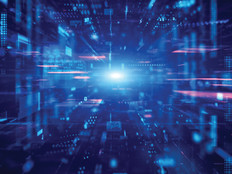FEDTECH: What technology changes did the Office of Connected Care make to expand telehealth during the pandemic?
GALPIN: We were not prepared, from a technology standpoint, to expand the capacity quickly. We had to do a lot of re-engineering, so there was a transition from on-premises technology to cloud-based services. We had to re-engineer the way we did scheduling because the demand increased so much.
Beyond that, though, there was a ton of innovation. We had to take a lot of the platforms that we already had and do something different with them. We developed new disease management protocols to manage infectious diseases. We wanted to track veterans in their homes. We used our Annie application, which is a text-based protocol application that will send veterans text messages and allows for self-management. We developed protocols that could help veterans self-manage at home when they had COVID.
We took our existing TeleCritical Care capability and — because we might lose staff to illness or get a significant increase in demand — re-engineered that program so that any facility, if it needed help, could get service from one of our TeleCritical Care hubs.
One of the biggest things we did was authorize and support our providers working from home. That was a huge transition. Suddenly, we had providers who had never done telehealth before serving veterans who had never participated in telehealth, and we had to make sure everyone had the guidance to do it successfully and safely. In that first year, you saw the results in the data. Our video-to-home program grew by over 1,000 percent in the first year.
FEDTECH: What are the biggest challenges your office faces going forward?
GALPIN: I think there are two: the changing authorities at the end of the pandemic and the digital divide. We’ve been saying this ever since we started doing video in the home; that is such a key barrier that we alone cannot independently overcome. That needs to be a whole-of-government, private sector combined effort. Everyone needs access to the internet.













